Synaptive Tracked Suction Instrument Concepts
Surgical suction instruments are tools used to remove fluids, tissue, and bone fragments during surgery.
Most suction instruments are not tracked but Synaptive’s clients, mostly neurosurgeons, requested a tracked suction instrument to improve navigated surgery workflow.
These two concepts lead to a new design which became the production version of the tracked suction instrument.


Suction Instrument Concepts
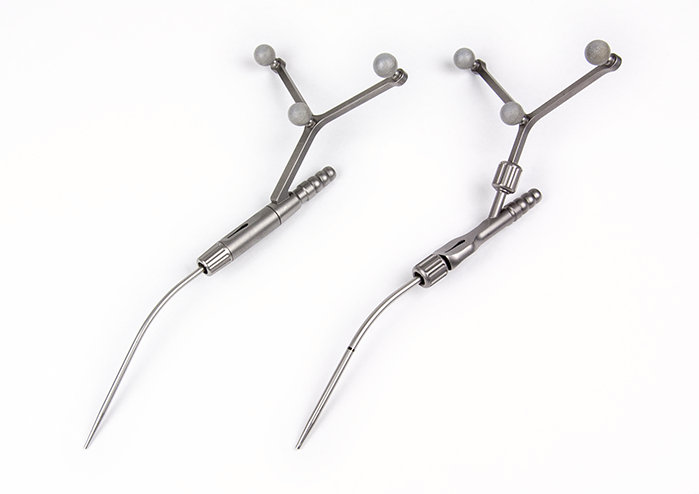
Suction Instrument Concepts
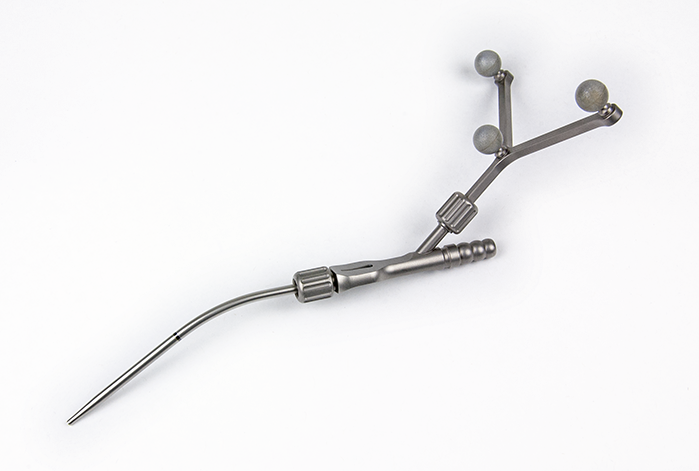
Suction Instrument Concept 1
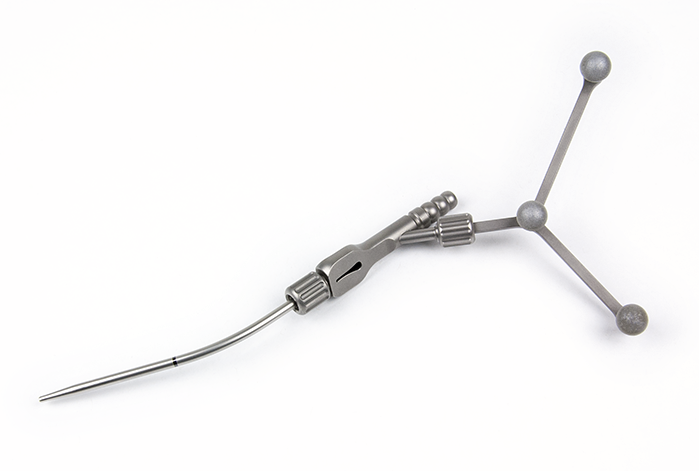
Suction Instrument Concept 1
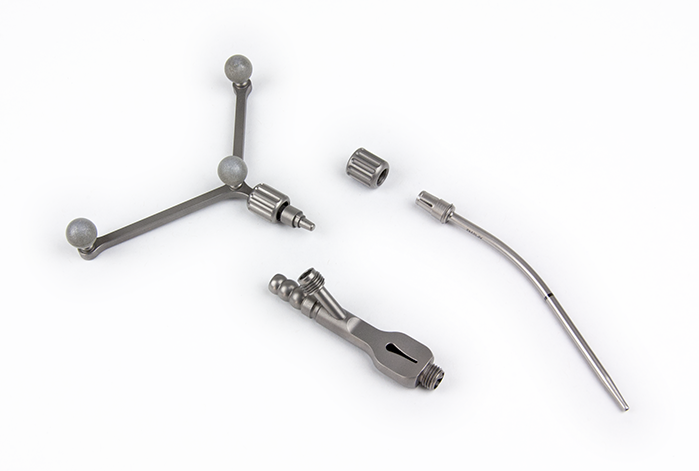
Suction Instrument Concept 1 Components
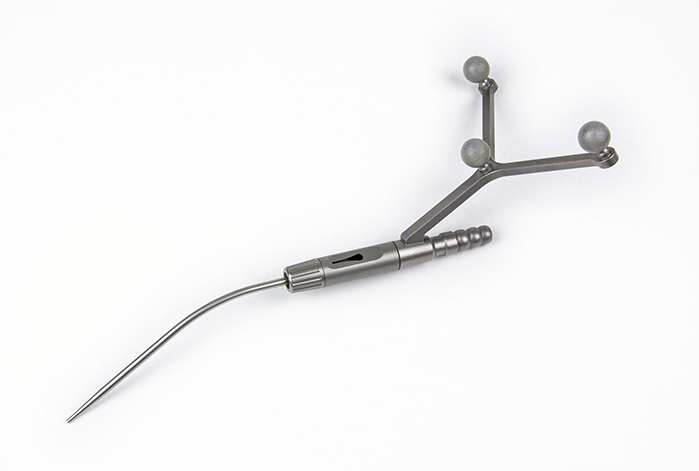
Suction Instrument Concept 2
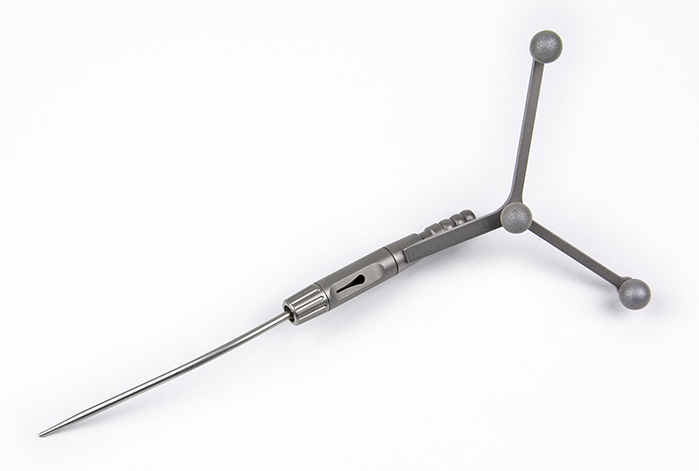
Suction Instrument Concept 2
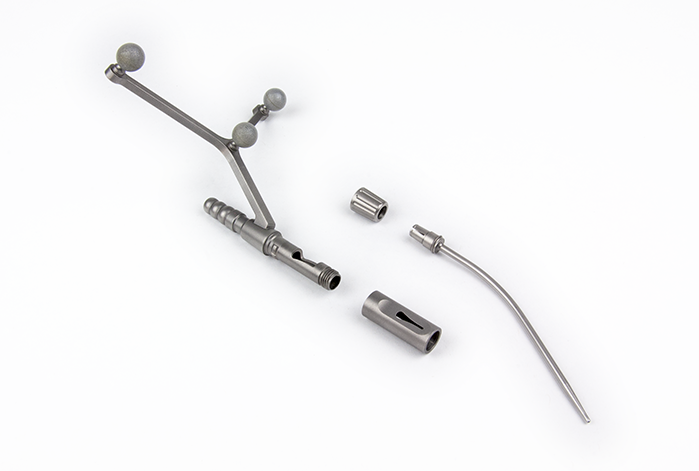
Suction Instrument Concept 2 Components
Usability testing was done in cadaver labs with actual surgeons to simulate a realistic environment as much as possible. These sessions generated valuable feedback from representative end users.
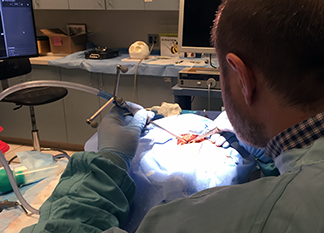
Usability Testing, Concept 1
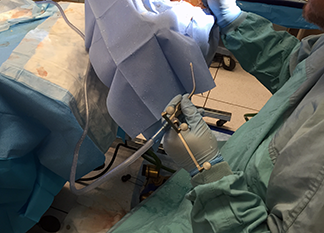
Usability Testing, Concept 1
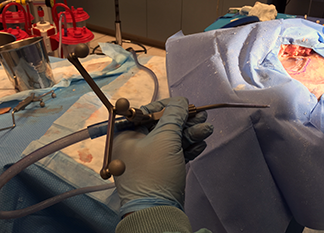
Usability Testing, Concept 1
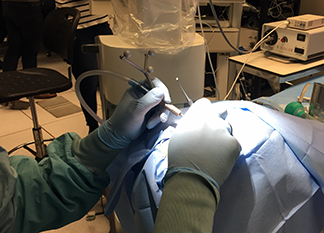
Usability Testing, Concept 1

Usability Testing, Concept 2
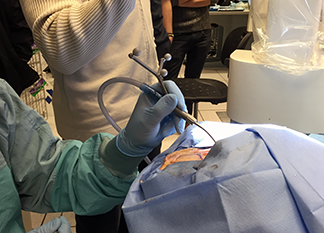
Usability Testing, Concept 2
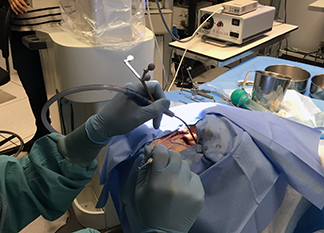
Usability Testing, Concept 2

Usability Testing, Concept 2
Part of a collection of stereolithography concept models made during early development. They were used to gather feedback from neurosurgeons who regularly visited Synaptive.
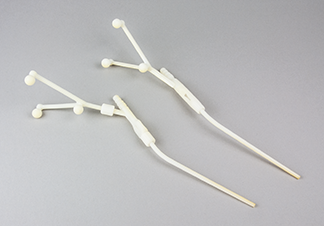
SLA Concept Models
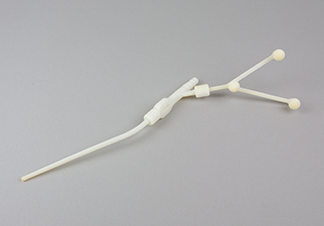
SLA Concept Models
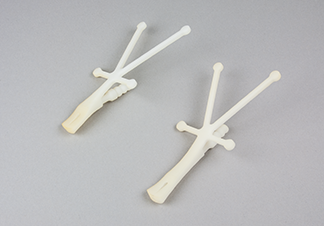
SLA Concept Models
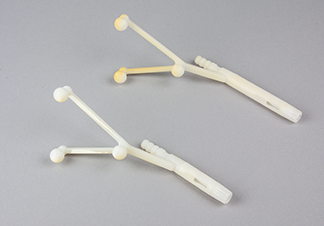
SLA Concept Models
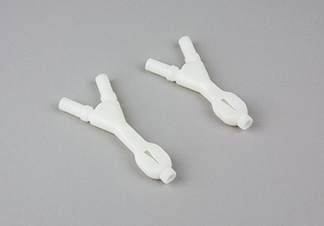
SLA Concept Models

SLA Concept Models
What is Navigation?
Navigation in a surgical context is a system of tracking a physical instrument in space and in a computer generated image at the same time. The computer image in Synaptive’s case is an MRI scan, which is three-dimensional. The physical instrument is represented in the image as a virtual instrument and movements of the two are synchronized. After a calibration step the virtual instrument moves in the exact same way as the physical instrument.
This can be achieved in several ways (active optical tracking and electromagnetic tracking, for example) but at Synaptive it was done with passive optical tracking. An array of three or four reflective spheres, attached to an instrument, is seen by a 3D tracking camera which translates movement in the physical world to corresponding movements in the computer image. This system makes it possible to register a patient’s MRI image to the patient. Once that’s done a surgeon can see and point to anatomy (using a tracked instrument) in the MRI image and the physical world at the same time. Structures visible in the MRI image are often hard to see in the physical world. Navigation gives a surgeon the ability to see inside the body in real-time.

